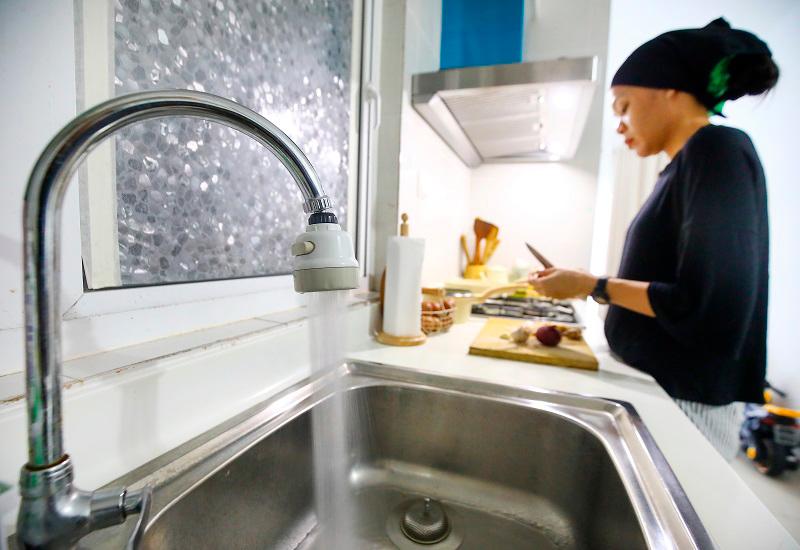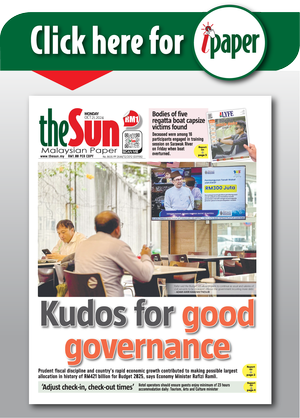PETALING JAYA: Experts have warned that Malaysia’s water treatment infrastructure may struggle to meet growing demands due to increasing water needs for domestic, industrial and agricultural use, coupled with rapid urbanisation and economic development.
Universiti Teknologi Mara School of Civil Engineering senior lecturer and environmental management expert Dr Marfiah Ab Wahid said based on consumption rates, water demand could rise significantly, requiring additional treatment capacity and efficient distribution systems.
“Malaysia’s population is set to hit 40 million by 2040. To meet the high future demand, we must invest in upgrading and modernising our water treatment plants, reducing non-revenue water, improving distribution systems and conducting public awareness campaigns on water conservation.”
She said Malaysia has one of the highest water consumptions per capita in Southeast Asia, averaging 226 litres per person per day in 2023, which exceeds the World Health Organisation recommended usage of 165 litres and the 180 litre limit set in the 11th and 12th Malaysia plans.
The National Water Resource Study (2000-2050) predicted that water demand in Malaysia will increase by 103% by 2050.
Marfiah said water consumption in Malaysia depends on the daily activities of each resident and, as reported by Air Selangor, 59.7% of water is used for domestic purposes while 40.3% is used for non-domestic purposes.
She said among factors contributing to high water consumption is the country’s tropical climate, which leads to year-round high temperatures and humidity, increasing water needs for hydration, bathing and cooling.
“Most households and industries in Malaysia lack water-efficient technologies or practices, with older appliances and fixtures contributing to wastage. Water-saving methods, such as rainwater harvesting, are not widely adopted.”
Marfiah said rapid urbanisation, commercial area development, construction, service sectors and industrial growth have increased water demand.
She said it is estimated that over 70% of treated water is used for activities such as bathing, laundry and food preparation, with a portion also lost due to pipe leaks.
“In 2023, the National Water Service Commission reported that 34.6% of treated water was lost in Peninsular Malaysia and Labuan due to inefficiencies or leaks before reaching consumers.
“Leaks in the distribution system could lead to increased operational costs, affected water quality and regulatory challenges, which could negatively impact the efficiency of water treatment processes.”
She suggested that Malaysia consider a tiered water pricing system in which the cost increases with higher usage to encourage water conservation but stressed the need to study its impact before implementing it.
Integrated Water Resource Management advocate and NGO Malaysian Water Partnership chairman Datuk Nor Hisham Mohd Ghazali said the occasional water scarcity experienced over the past decade is mainly due to management issues rather than a lack of water resources.
“In Malaysia, we have not enforced mandatory conservation policies but introduced several voluntary measures. The Water Services Industry Act 2006 provides regulation and control of water wastage and losses. However, its effectiveness largely depends on the habits and behaviour of consumers.”
He highlighted that Malaysia’s low water tariffs contribute to high consumption.
“With water costing less than 20 sen per person per day, it is difficult to convince consumers that this is excessive. In countries such as Singapore, where water tariffs are about five times higher than in Malaysia, consumers are more likely to adopt water-saving practices.
“As long as tariffs remain low, there is little incentive to conserve water or invest in water-saving devices,” he said, emphasising that when it comes to water, the government as well as private and public sectors have to play their roles in safeguarding the country’s resources.









